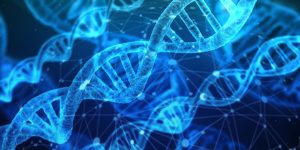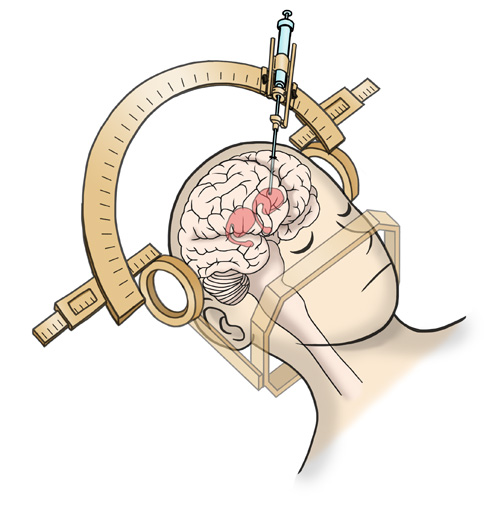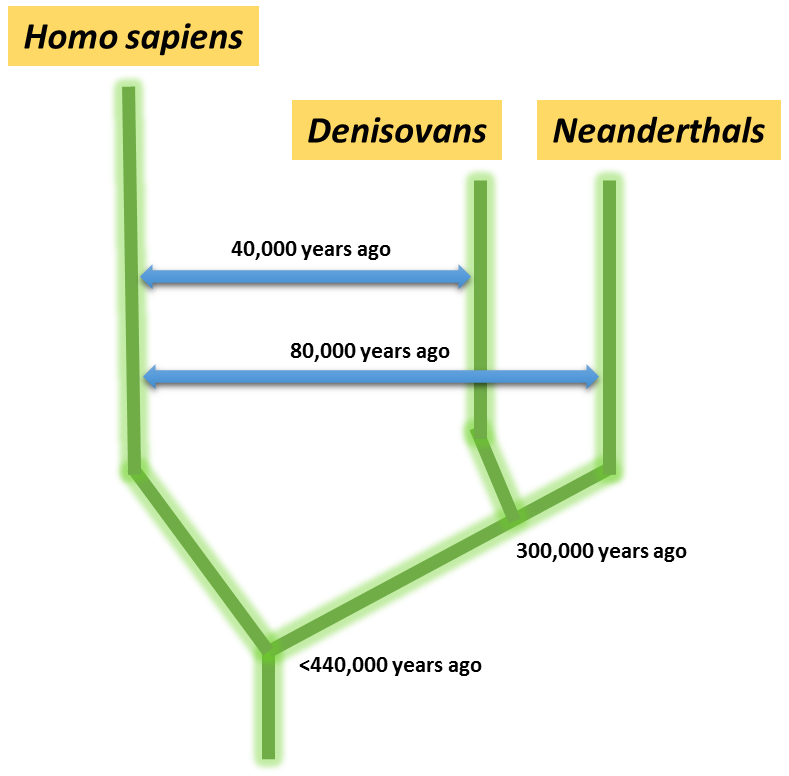by Liza Olkhova

It is no longer surprising to hear that diet is just as important as lifestyle choices we make that determine our quality of life and longevity. With obesity levels rising globally, higher death rate and disability rise alongside this. An urgent need to raise awareness regarding imbalanced and damaging diet choices in children and adults is required in order to tackle this global problem and reduce its socio-economic impact.
More evidence comes to light to unequivocally support this notion from decades-long extensive study. A Lancet article published in April 2019 summarises a global study conducted worldwide in 195 countries from 1990 to 2017. The study assessed what risks are associated with lifestyle choices including suboptimal diet and tobacco smoking, alongside major diseases such as cancer.
It turns out that high blood pressure is the biggest killer with over 10 million deaths per year attributed to hypertonia. On the second place, however, is diet-related death with almost 9.5 million deaths per year. Surprisingly, tobacco smoking came third following diet.
Diet-related death is most commonly caused by cardiovascular disease, cancer and diabetes that have developed as a result of poor diet choices. For instance, high sodium content, consumption of red meat, processed food and sugar-packed beverages as well as low intake of health-boosting foods such as grains and fruits all attributed to the majority of death and disability cases.
How can we move away from this problem? Extreme changes to the diet in many countries have to be made on the national level, but of course, on the global level too. This includes education of children and public through campaigns, policy reforms to provide appropriate food labelling and price regulation, implementation of balanced diets in schools and universities, changes in taxation of various products (such as a recent ‘sugar tax’ in the UK on high-glucose drinks).
There is also evidence that substituting meat protein with plant-based protein source reduced the level of cardiovascular disease. Therefore, it could be worth letting people know about the healthy alternatives to their current diets instead of notifying them of what is unhealthy.
Read the Lancet article in full: https://doi.org/10.1016/S0140-6736(19)30041-8








 When you are learning a foreign language, you are bound to come across unknown words or even expressions in text or speech. From my personal experience, it acts as a great learning tool, as you are sometimes able to assign a meaning to the unknown word based on the context. While reading a text it is not surprising that people usually predict the upcoming words based on their fluency and past experiences, aiding the cognitive processing.
When you are learning a foreign language, you are bound to come across unknown words or even expressions in text or speech. From my personal experience, it acts as a great learning tool, as you are sometimes able to assign a meaning to the unknown word based on the context. While reading a text it is not surprising that people usually predict the upcoming words based on their fluency and past experiences, aiding the cognitive processing.